When we look back at 2014 we're inspired by the victories you helped us achieve, bringing our communities closer to #healthyhoods.
We remember:
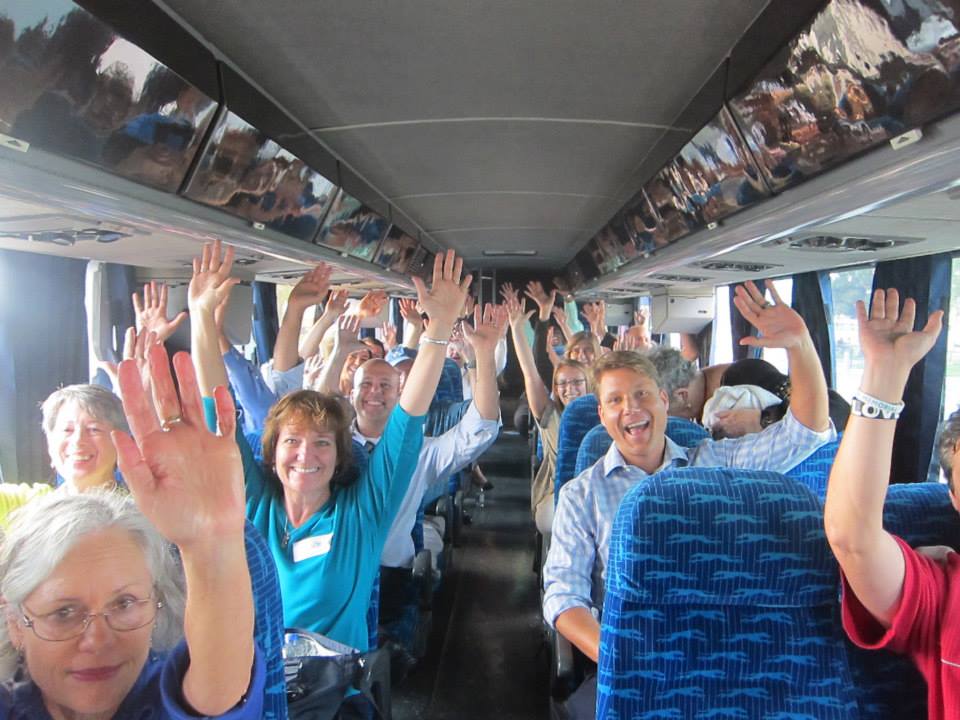
- Implementing 201 affordable housing units in Westside National City -- with groundbreaking scheduled in 2015.
The leadership of Councilwoman Alejandra Sotelo-Solis and EHC Leader Adriana Alfaro were invaluable to this victory. - Launching the nation's first lead-free candy website.
Children and toxics don't mix. Our lead free candy resource addresses your concerns and questions about keeping your children safe from lead in candy. - Finalizing a Climate Plan for San Diego -- slated for approval in 2015!
San Diego will finally have a climate plan that works towards cleaner air, transportation justice and green jobs. - Uniting the Barrio Logan community for a community plan update.
We are united and ready to continue fighting for community plan update that works towards #healthyhoods. - Saving the Arroyo Alamar - united with our allies in Tijuana to prevent channelization.
We were proud to organize Colectivo Ollín Calli, members of the Colectivo Chilpancingo Pro Justicia Ambiental, Jóvenes Pro Justicia Ambiental, residents of the Colonia Chilpancingo and more to submit a petition to stop channelization harmful to the local ecosystem. - Leading SALTA training in three languages for the first time.
Leaders will now be prepared to organize their communities to fight for environmental justice in Vietnamese, Spanish and English. See SALTA graduate Tuan Luu’s reaction to graduating from SALTA. - Transportation justice advocates advancing transit, bicycling and walking before freeway expansion.
We’ve have shown city decision makers that our communities demand transportation plans that work for all types of commuters and keep our air clean. - Port of San Diego finalizing its Climate Action Plan.
The Port of San Diego’s Climate Action Plan prepares for unavoidable effects of climate change and a 25% reduction of air pollution by 2035 to keep our air clean. - 400 people supporting #healthyhoods at EHC's Annual Awards Celebration.
If you missed it, you can read about the accomplishments of our incredible awardees here. - Launching the video-learning tool, Creating Healthy Neighborhoods, to inspire grassroots community change and build leaders.
Don’t leave important decisions about your family’s health and safety in the hands of others. Reclaim your power, and help create the community you want to live in. Check out the video tool here.
Thank you for your dedication to environmental justice that makes these victories a reality. With your support, we look forward to continuing this momentum into 2015 and the years to come. To join Environmental Health Coalition, please click here.


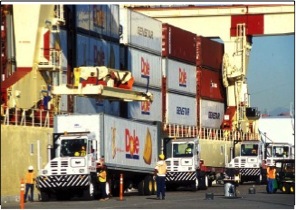 Clean air
Clean air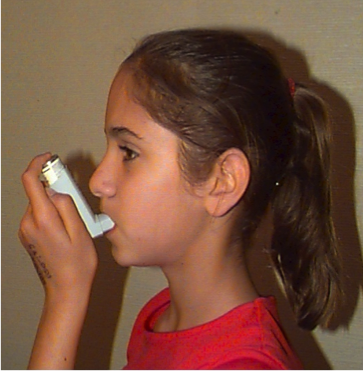 The California Air Resources Board has developed a strategy that shifts what our trucks, trains and ships use to a much cleaner and much healthier system so we can breathe easier -- literally.
The California Air Resources Board has developed a strategy that shifts what our trucks, trains and ships use to a much cleaner and much healthier system so we can breathe easier -- literally. 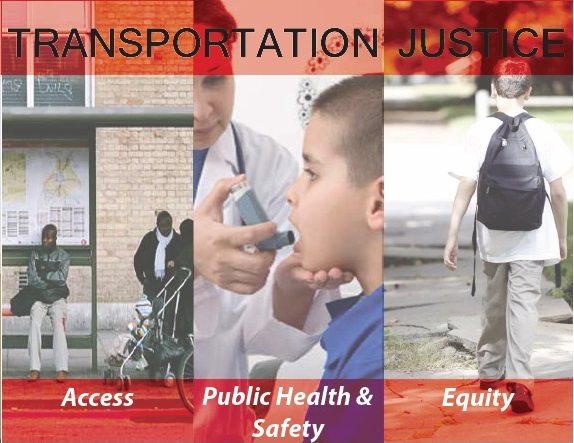
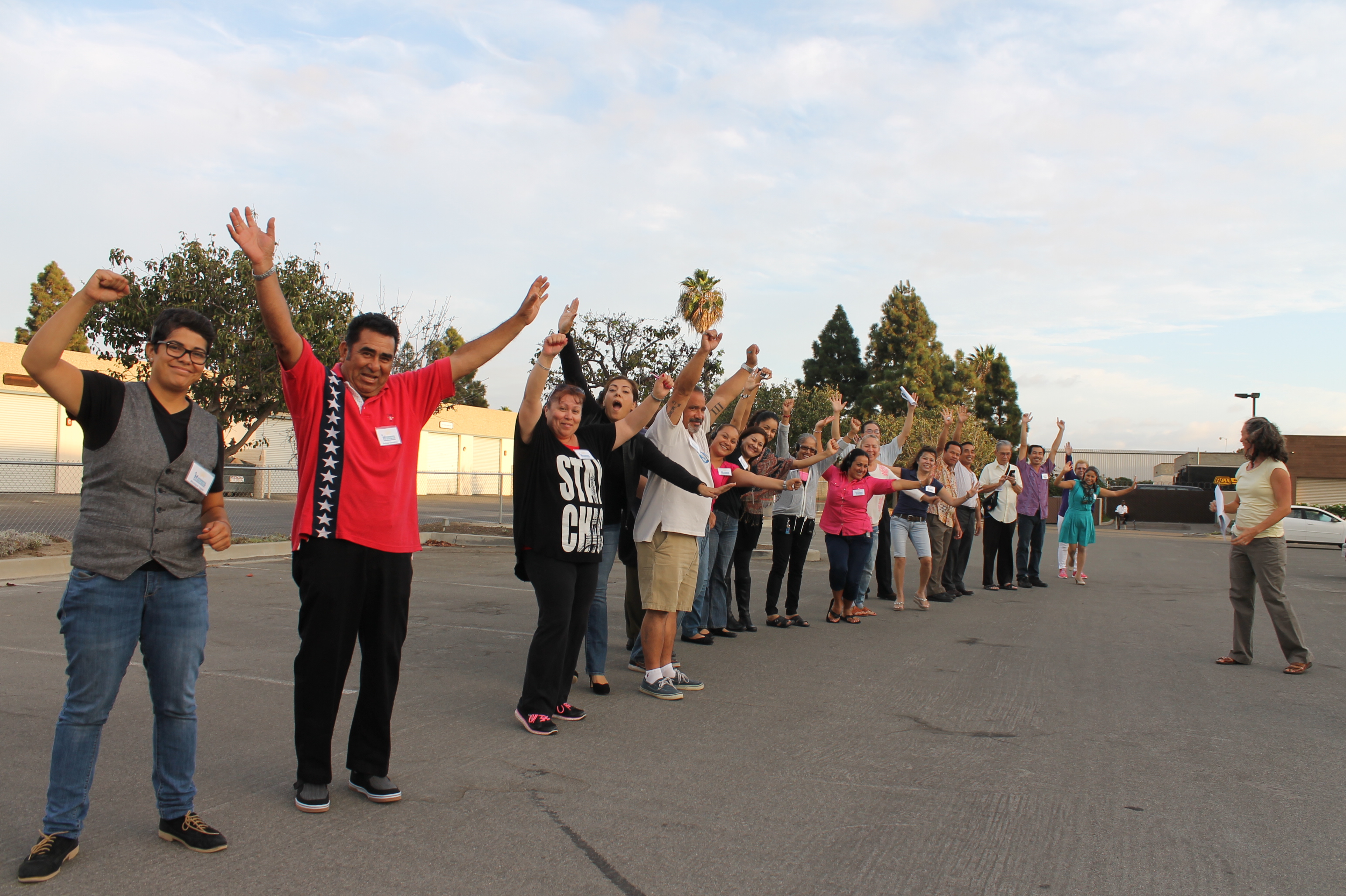
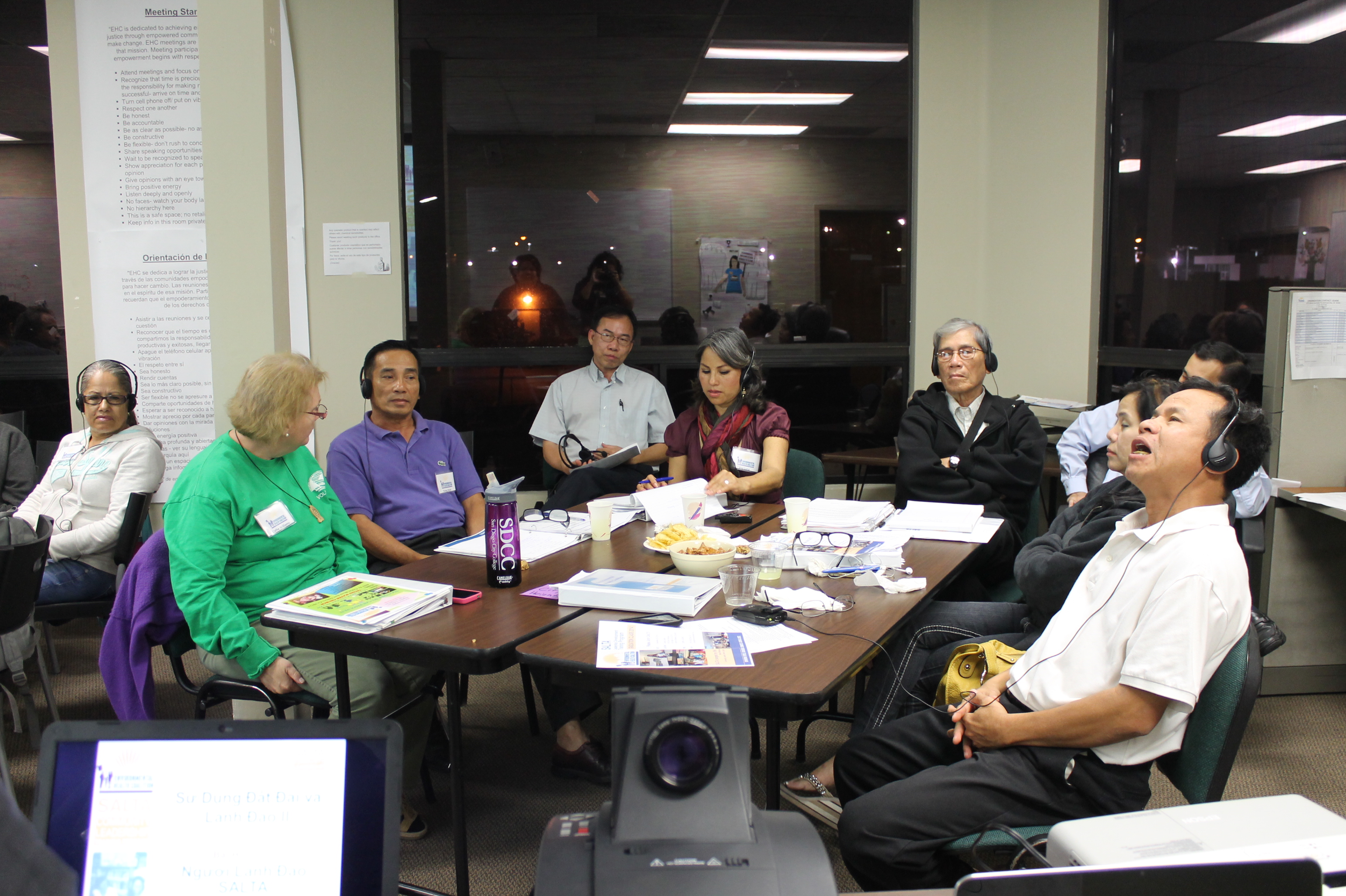
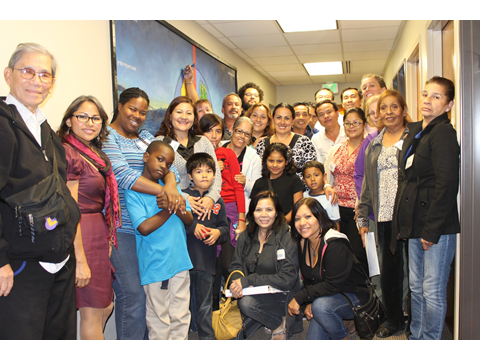
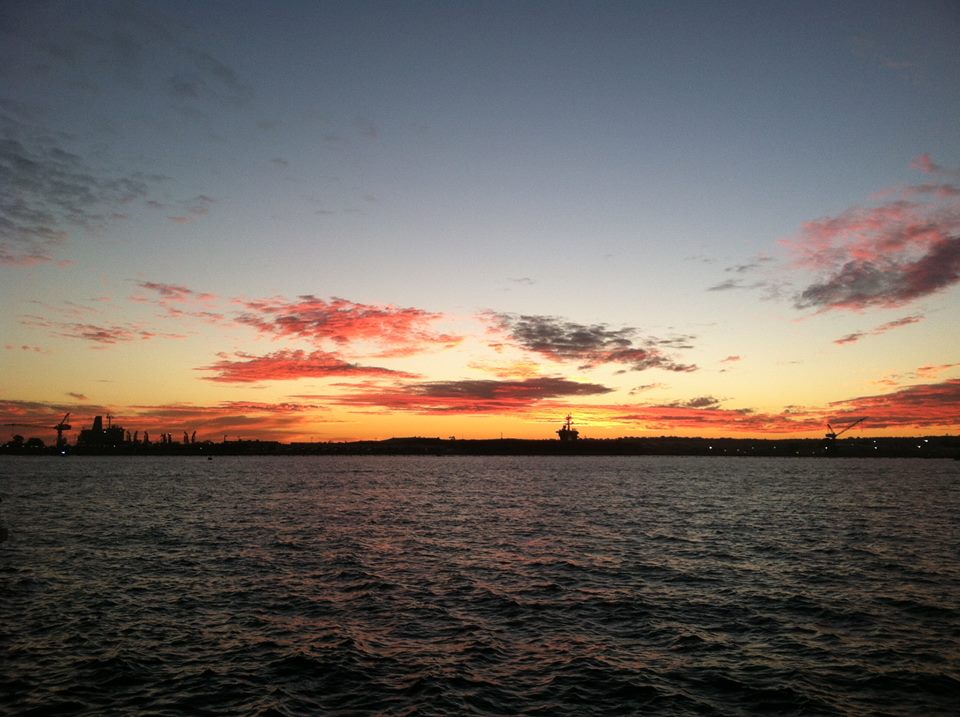 The Port of San Diego and the UT both released
The Port of San Diego and the UT both released 